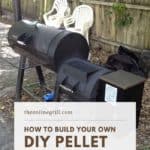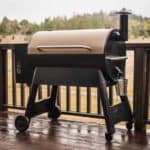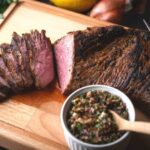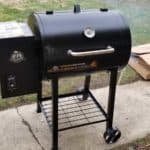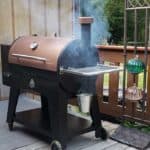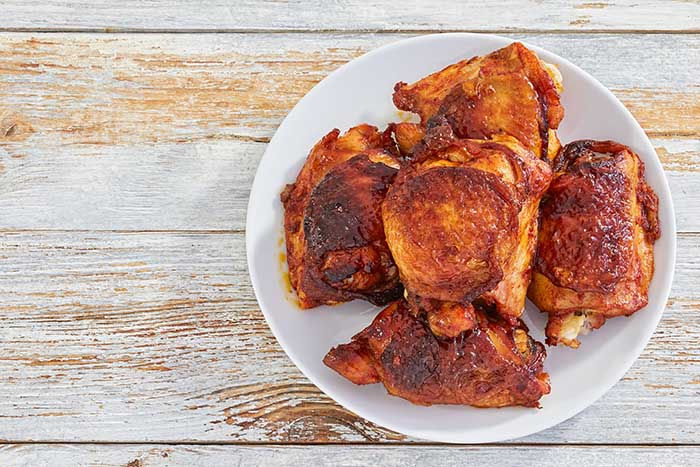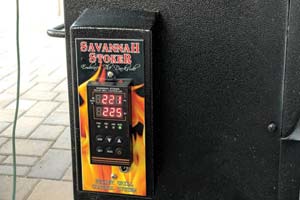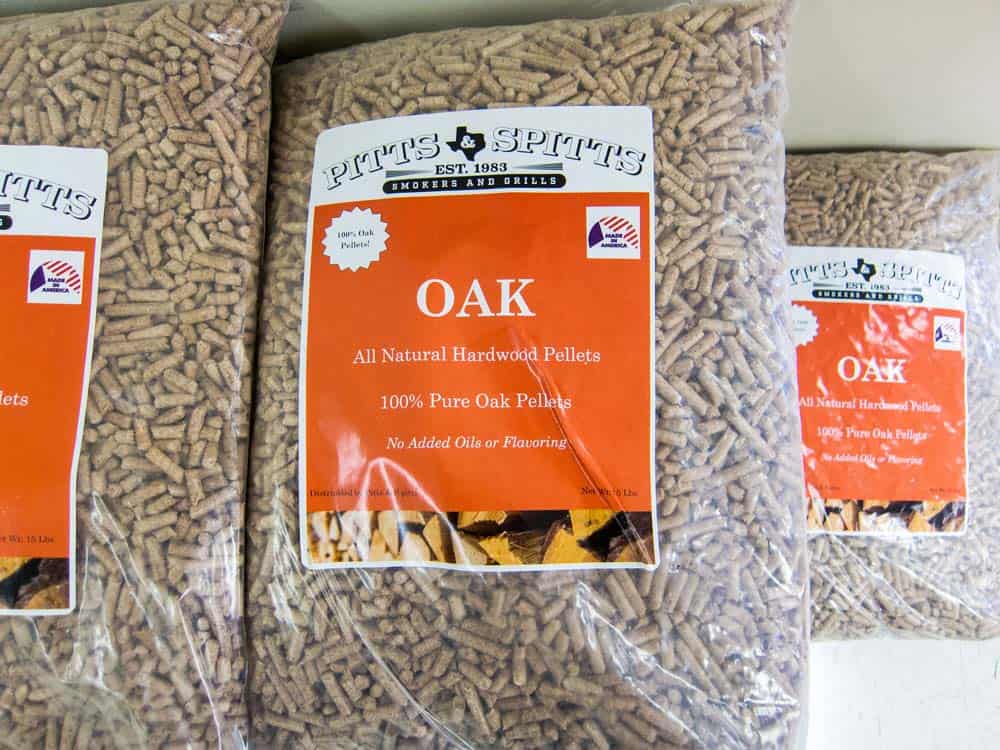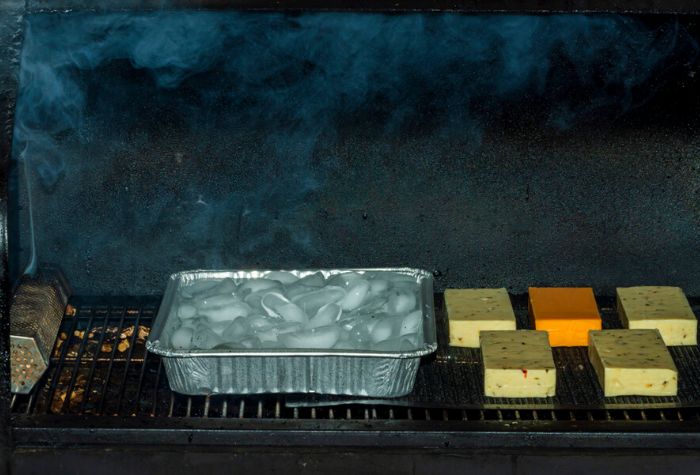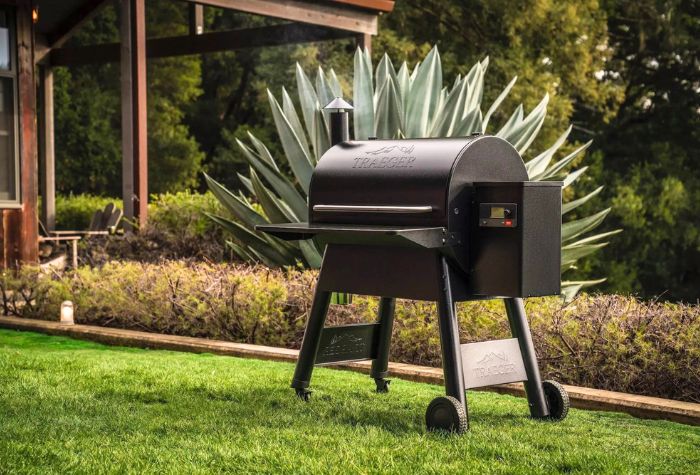Whether you’re new to meat smoking, or are a seasoned pro who wants to take on the ultimate DIY challenge, here’s how to build your own pellet smoker.
There are actually a few ways you can do this, so let’s take a look at each one and walk you through the steps for how to do it.
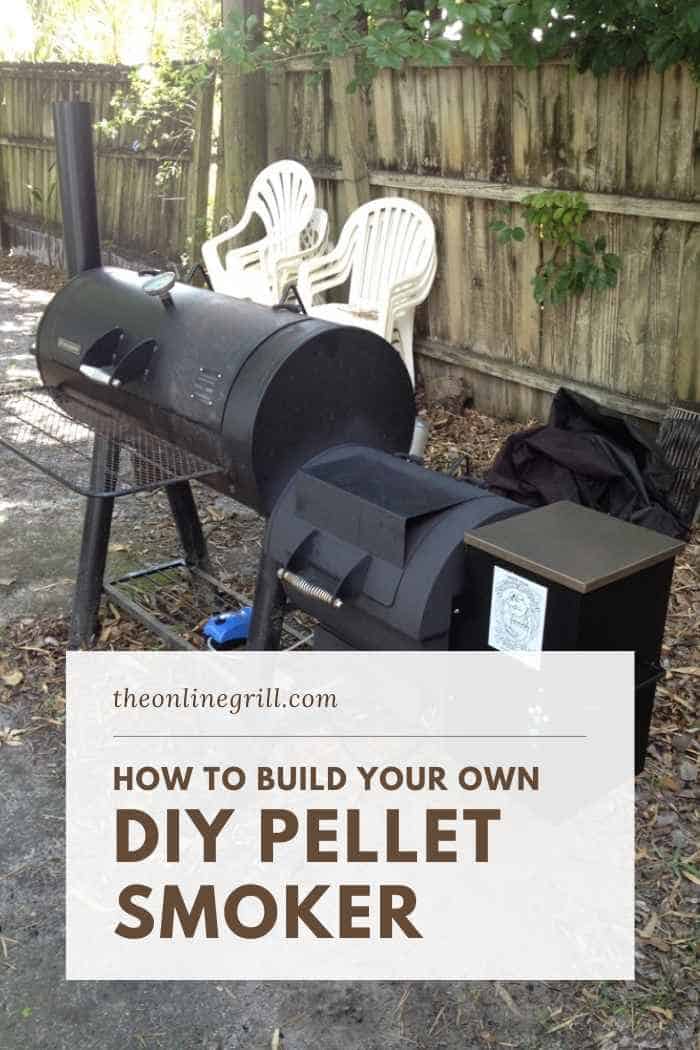
The most common, and perhaps the easiest, is to simply convert an existing outdoor grill into a pellet smoker.
Similarly, you could recycle a 55-gallon drum into a vertical pellet smoker. The drawback here is not only the added work, but also reused materials are sometimes prone to release toxic fumes when exposed to heat, so you need to tread with caution.
If you do the latter, make sure you search for iron materials that are food-safe, and also use a temperature-resistant power coating on the interior of your BBQ chamber.

Check out our other DIY projects:
How to convert a grill into a pellet grill
Let’s start with the most common, and easiest way to make your own DIY pellet smoker.
You can do this with an existing barbecue grill, and with the use of a pellet smoker conversion kit.
These might sound hard to find but these are in fact easily available online. Some are made specifically by manufacturers, and some are generic.
Using a conversion kit will make things easy as you won’t need to top up your smoking wood pellets whenever they run out, thus disturbing the cooking temperatures of the grill.
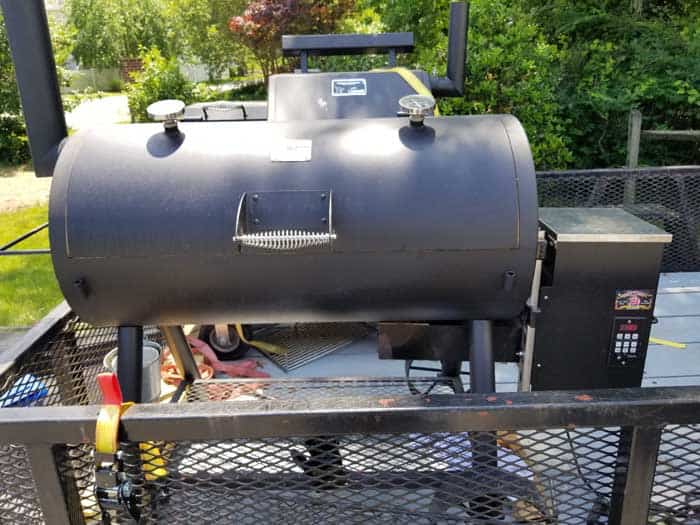
The added advantage is that you can also continue to use your grill as a grill, but just with the added capability of being a pellet smoker.
Conversion kits tend to work by being fixed to the side of your grill. They have a PID controller, which is a system that sets a cooking temperature, and uses heat sensors to monitor the actual temperature. It then measures the discrepancy between the two, and adjusts accordingly.
They’re basically magic, and are one of the greatest introductions to the barbecue world in modern times.
The majority of PID controllers (such as the Savannah Stoker) allow you to grill anywhere between 150°F and 500°F, and also smoke within that range. They also have a temperature increment settings to allow you to easily adjust your target temperature at any moment. Usually these settings are between 5°F and 10°F at a time, but some go as low as a single degree.
Once the conversion kit is fixed to your grill, you can load in wood pellets into the hopper. This is a box that sits on the side of your grill chamber. It holds pellets and slowly feeds them onto the auger, which in turn feeds pellets into the firebox in your grill for burning.
The PID controller effectively controls the temperature of your grill by adjusting the rate at which the auger feeds the grill.
When you need more heat the auger will speed up, and when you need less it will slow down. If you want to maintain temperature then the auger will often pause.
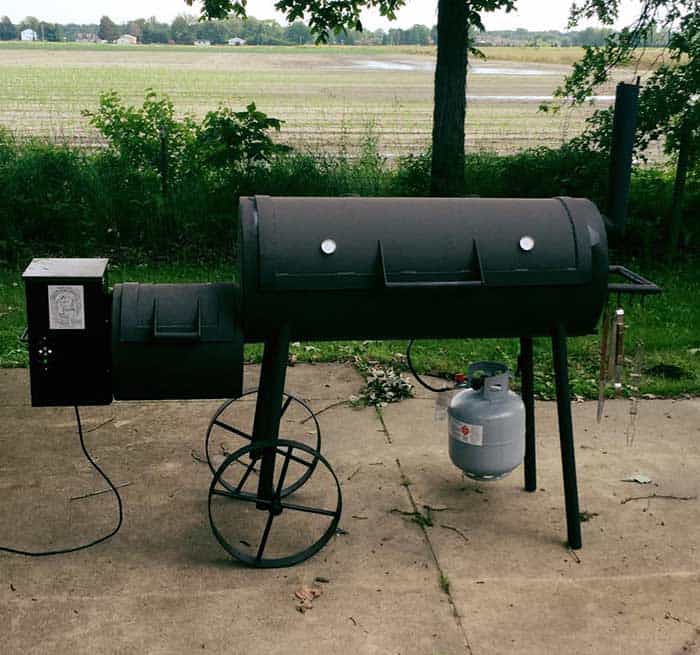
How to install a pellet smoker conversion kit
A lot of brands offer conversion kits, so installation instructions will vary from kit to kit. In general however, you will need to cut a rectangular hole on the side of your grill chamber, measuring about 4-5 inches in width and height, depending on the conversion kit.
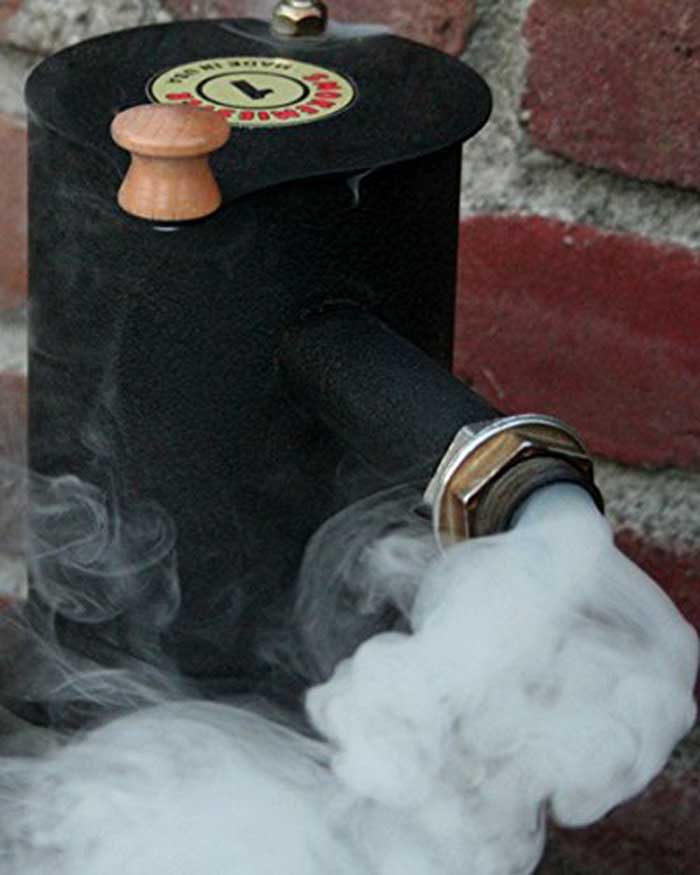
Once the kit is mounted on the grill, it will sit about 12 inches out from the grill. So be sure that you consider this added amount of required space that your newly modified smoker grill will need.
For a lot of users with outdoor space, this shouldn’t be an issue, but for people who grill on their patio or balcony, it’s worth keeping in mind.
The best pellet smoker attachments:
Worried about cold and wet weather? Learn the best ways to insulate your smoker.
